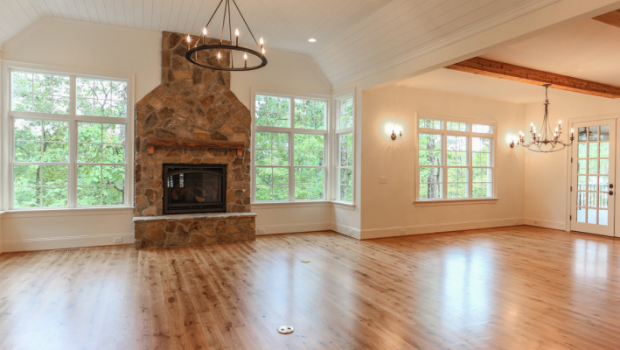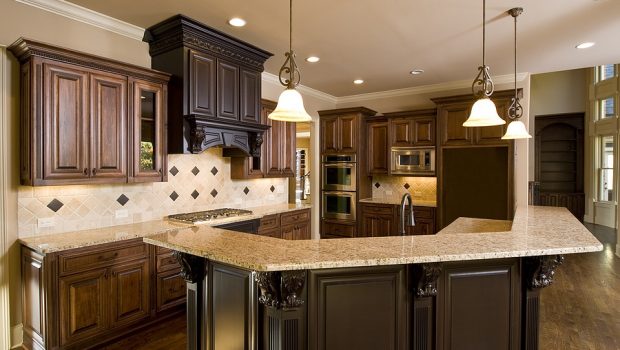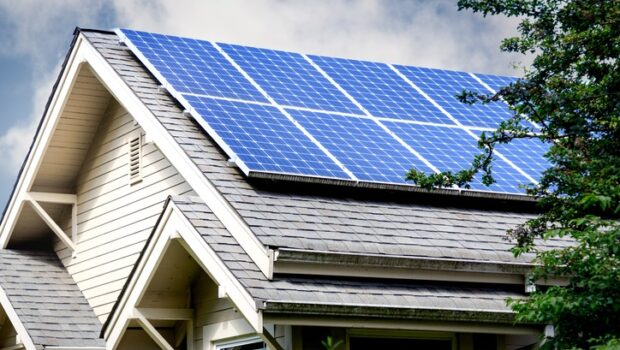Hardwood is one of the most desirable types of flooring around. Long-lasting, lovely looking and easy to look after, it even adds value to your house.

Image Credit
But which type should you choose? Do you plump for engineered wood flooring, or do you go the whole hog and buy solid wood?
And what about the type of wood? Do you opt for oak or ash, maple or cherry? Here’s a few details to help you decide.
Maple
One of the most popular types of wood available, maple is a particularly attractive form of hardwood which often has a reddish tint. It is one of the hardest woods around, so is of course ideal for flooring, although it is also used to make furniture. You may have encountered maple in bowling alleys, where it is commonly used.
The warm colour goes with most interior schemes, although it can be stained to take on a darker shade if you prefer.
Non-porous, maple is very hardwearing and resistant to damage. It is also easy to care for, simply requiring a quick vacuum or sweep followed by a quick mop. Like most hardwood floors, a buff every couple of years will restore its shine. According to the Do It Yourself website, maple is widely available and so very affordable.
Wood Flooring
Hardwood floors come in two basic types – solid wood and engineered wood.
Solid wood, as the name suggests, is made up of planks of solid wood. Very hardwearing, solid wood comes in a variety of types and sizes, but is typically thicker than engineered wood. This means it is capable of being sanded to restore its finish, should it suffer damage.
Engineered wood, on the other hand, is made up of three or four different layers of wood, which are glued together to create a plank. The top layer is the ‘real’ wood and can be anything from oak to ash, depending on your taste. Check out some examples at http://www.ukflooringdirect.co.uk/engineered-wood-flooring.
Engineered wood is cheaper than solid wood, but just as hardwearing and just as beautiful. It also has an advantage over solid wood, in that it has been treated so it will not swell or contract in different conditions. Solid wood may warp if laid too tightly, because of changes in humidity and temperature.





